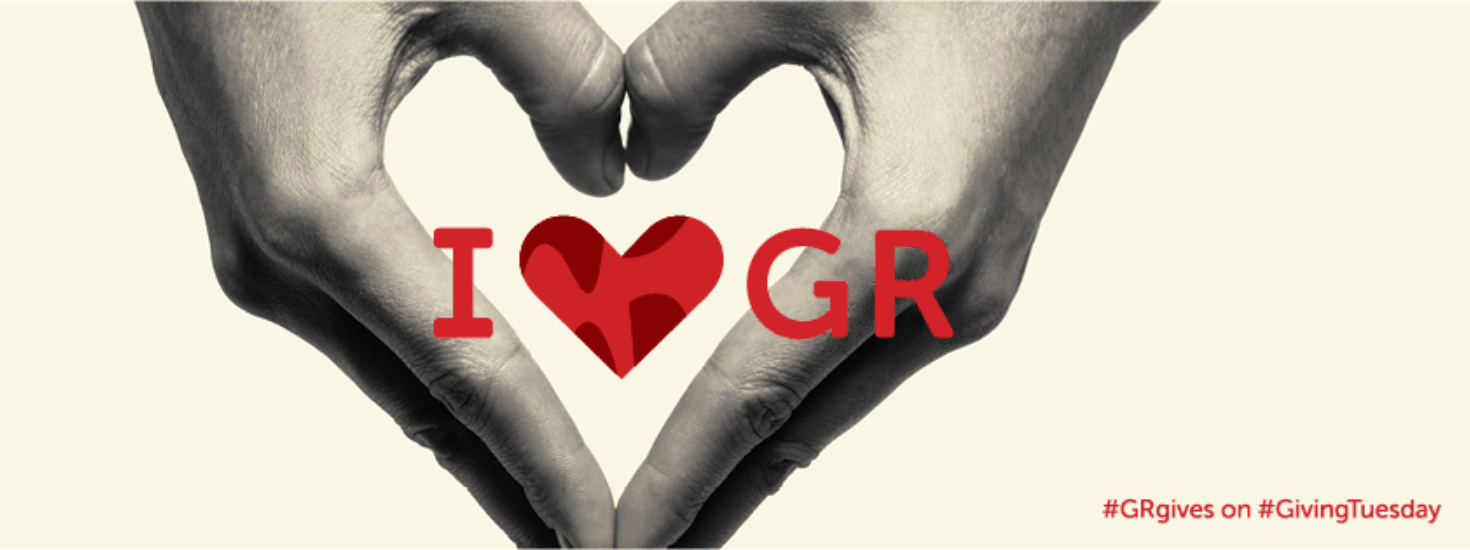Earlier this week it was Giving Tuesday and Grand Rapids social media was all a buzz with giving promotion and nonprofit endorsements. Even if you don’t “do” Facebook, you might have received an email or two from a nonprofit that you support. Very savvy nonprofits timed direct mail to be delivered on Giving Tuesday.
We know that Giving Tuesday works for many nonprofits. It raises funds and awareness, something that nonprofits always need. But is it overkill, as some critics say? Now in its fifth year, Giving Tuesday continues to grow and as we saw in Grand Rapids this year, more than 300 nonprofits joined under the umbrella of #GRgives to promote the day.
Of course, Giving Tuesday isn’t the only day for charitable giving, but it is the unofficial kickoff to the giving season which isn’t much of a season, but a single month. Historically, 31 percent of all charitable gifts are made in December.
Is it wrong for nonprofits to take a cue from for profits in doing their work? I don’t think so; in fact, it’s smart. Consumers are creatures of habit—we like to do things in a predictable manner—that’s shown in how important Black Friday, Small Business Saturday and Cyber Monday have become to retailers.
Even for the people who rebel against those days and don’t shop at all, the impact on the economy is profound. Both Black Friday and Cyber Monday set records for spending this year—around $12.8 billion. Charitable giving is two percent of GDP in the United States. That's about $358 billion a year—not in a few days, but in an entire year.
All that attention to finding a good deal and kicking off the holiday shopping season is an interesting thought if you look at spending though a nonprofit lens. Is there any better deal than helping a cause you care about? Is there any better deal than knowing that your $25 will provide a meal for someone who is hungry; books for a child who wants to read; care for an abandoned animal or just about anything else you want to see happen in this community or the world?
It would be nice to believe that people randomly give to nonprofits without reminders, appeal letters or emails—but they don’t do that. There’s a reason that public radio stations take a couple of weeks each year and remind you—hour after hour to make a pledge. I know that without the “nagging” I wouldn’t send in my money, though I benefit from public radio every single day.
Is it wrong or inappropriate for nonprofits to capitalize on what works for retail? To create something schmaltzy and loud? To brag up the brand a little? Without a tangible product to sell and often no items that fits nicely on a shelf—nonprofits need to seize opportunities where they’re able and Giving Tuesday seems to be the day to make it happen.

